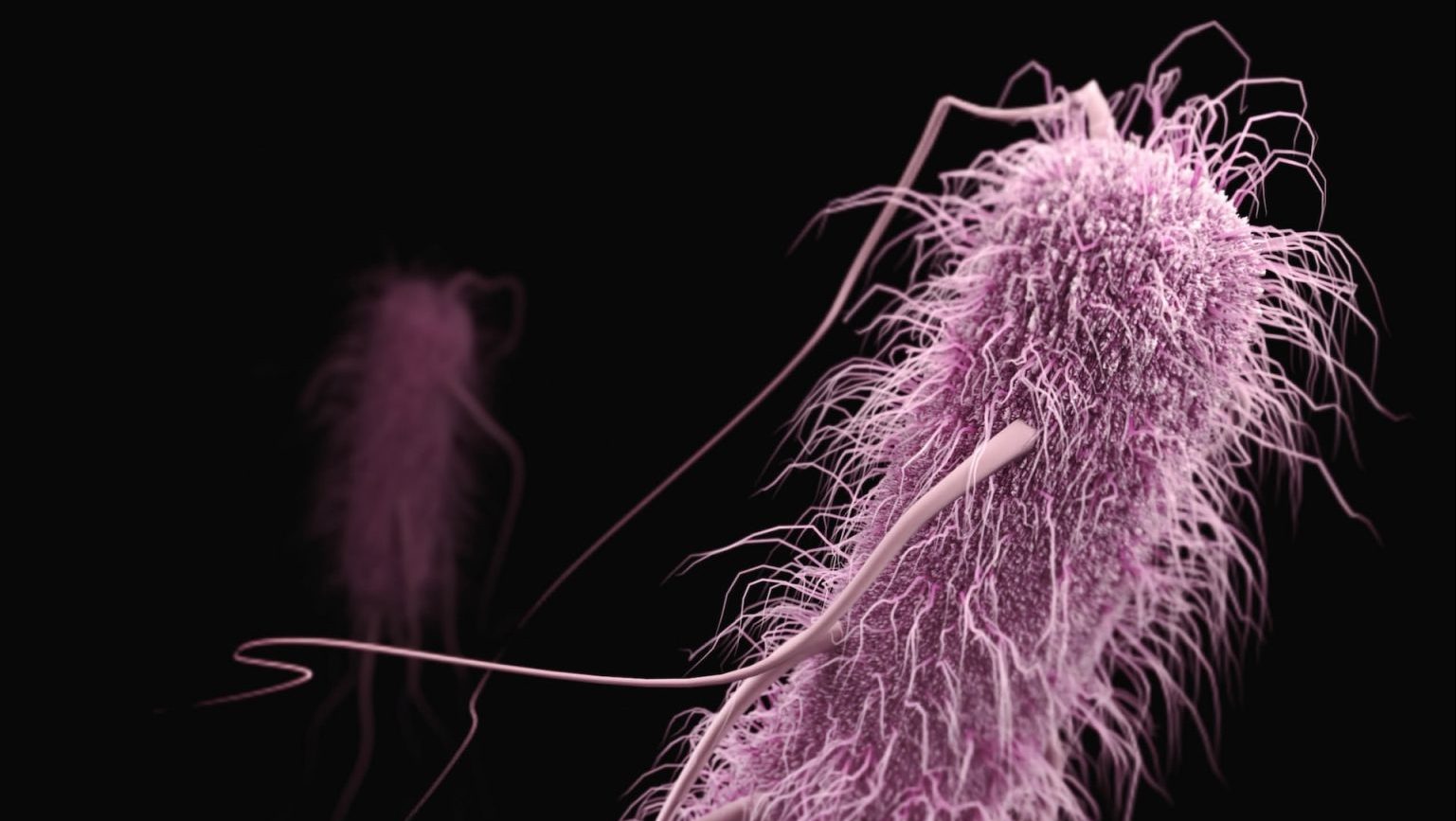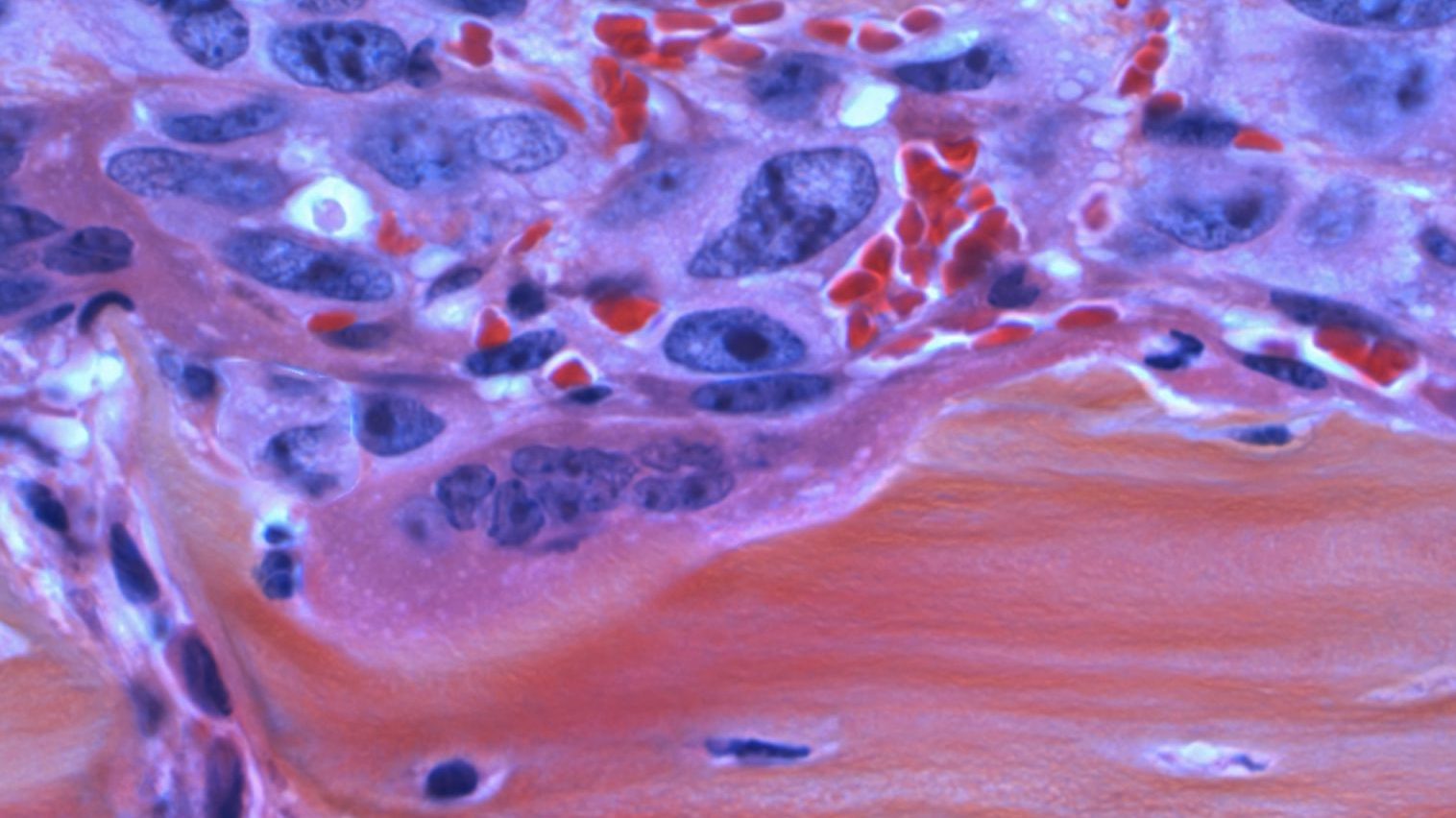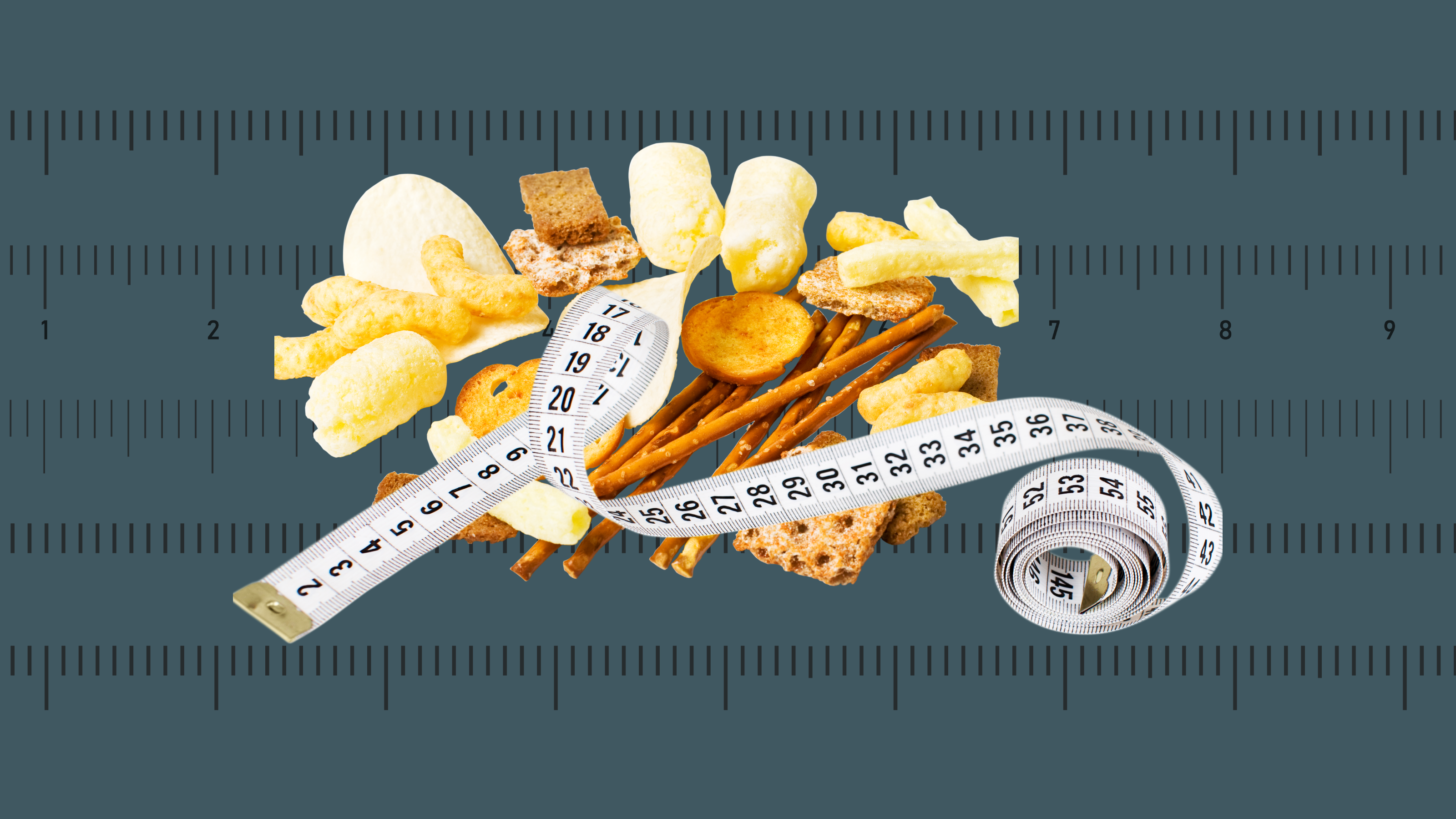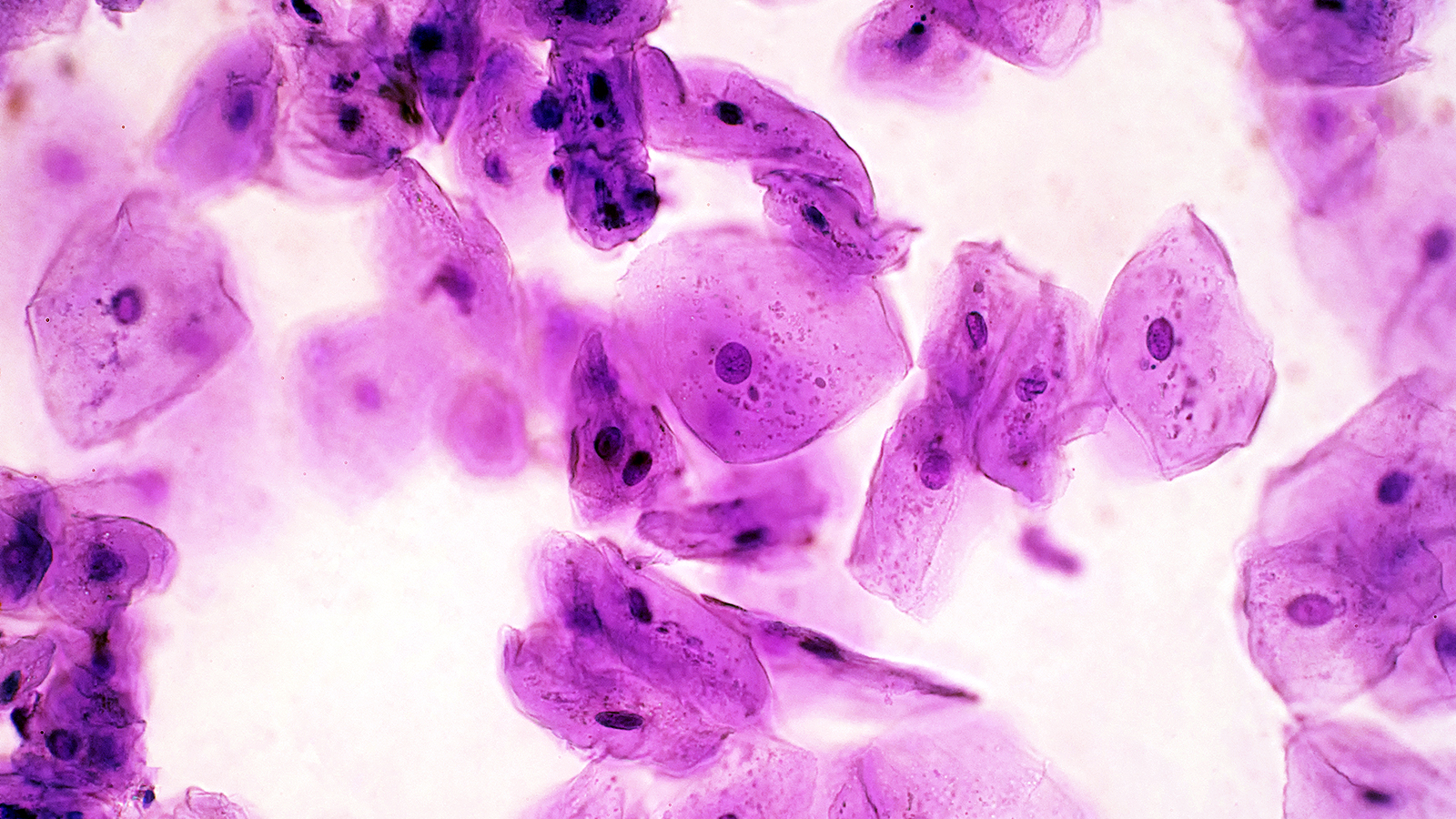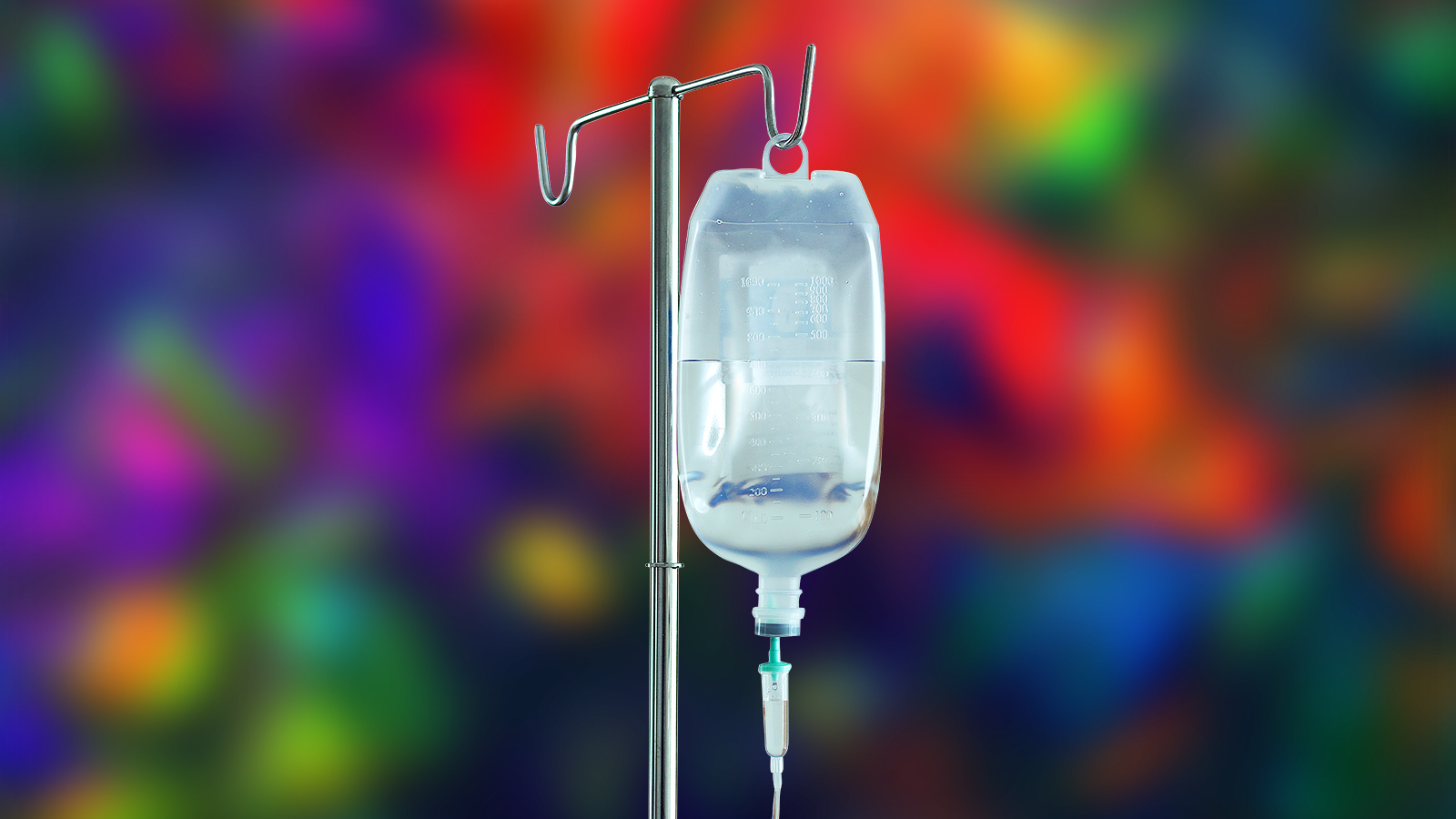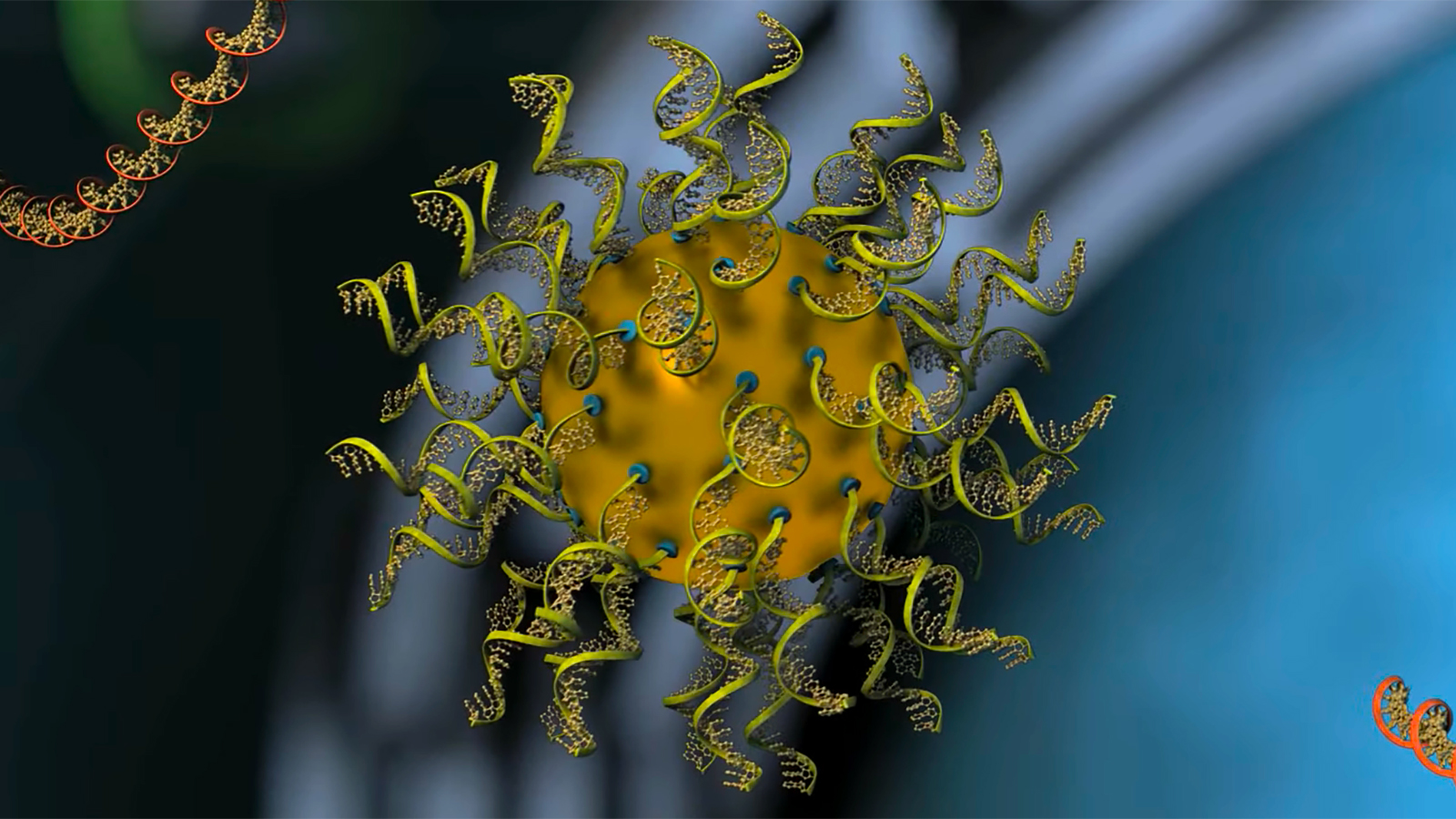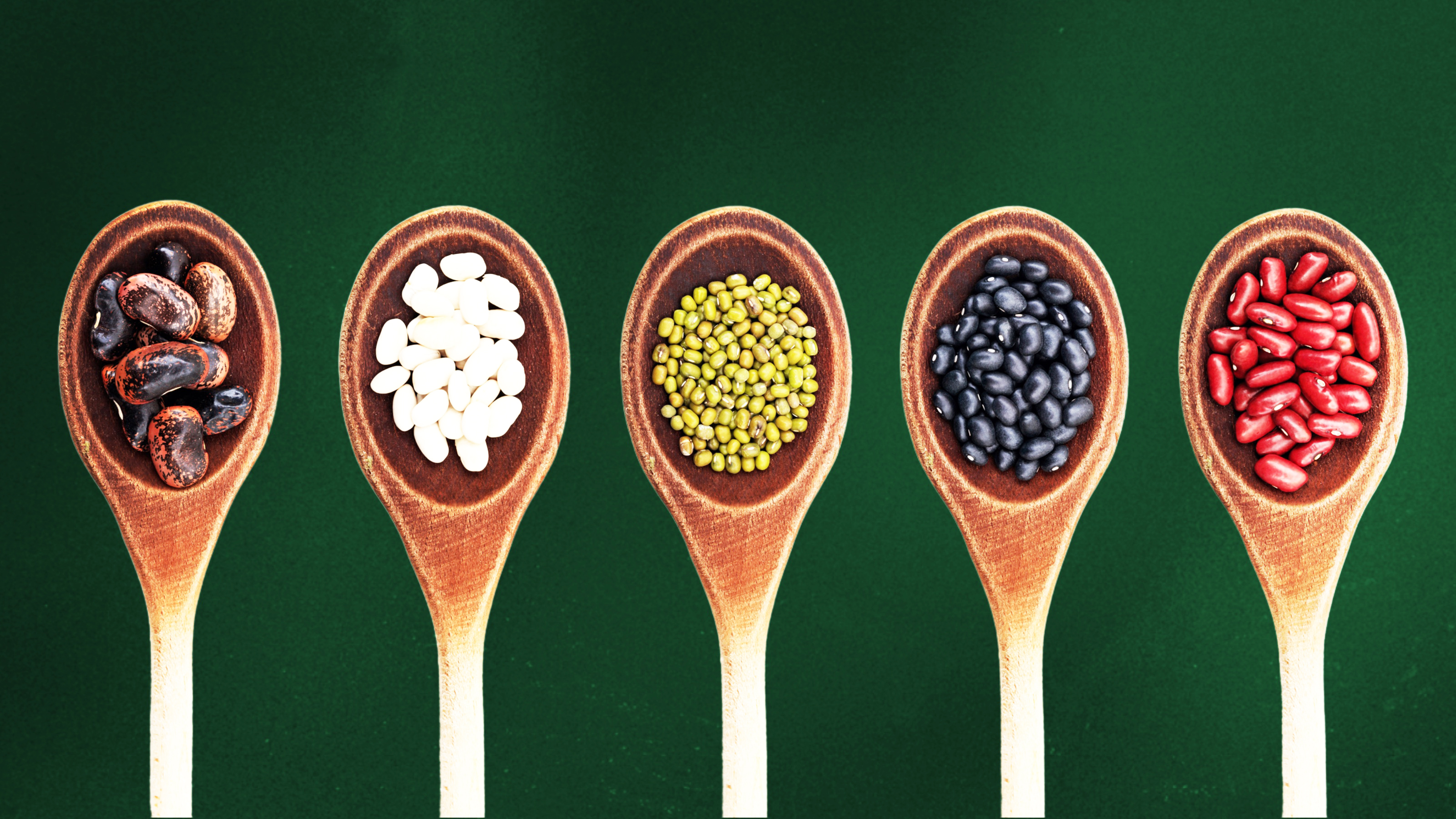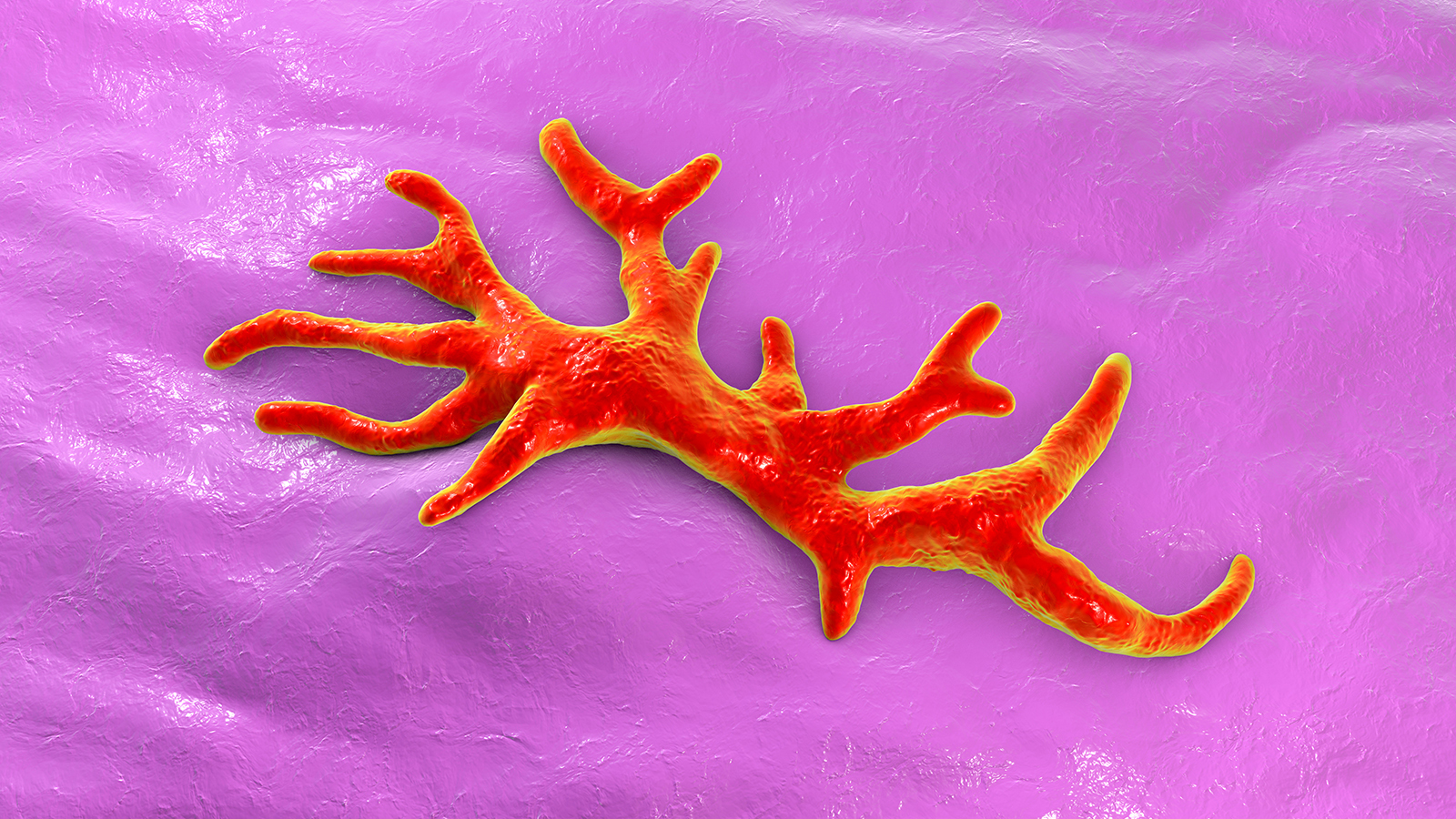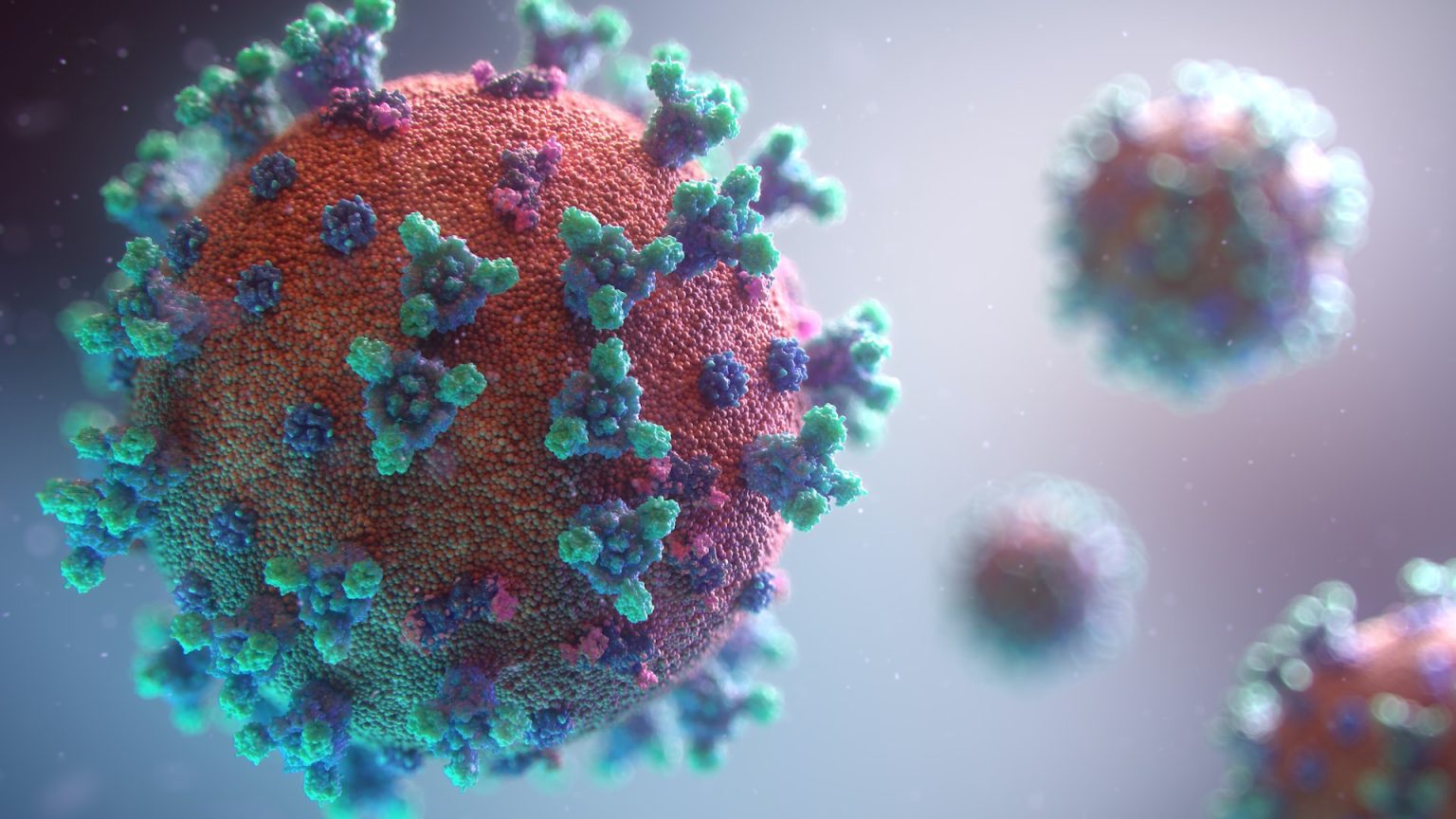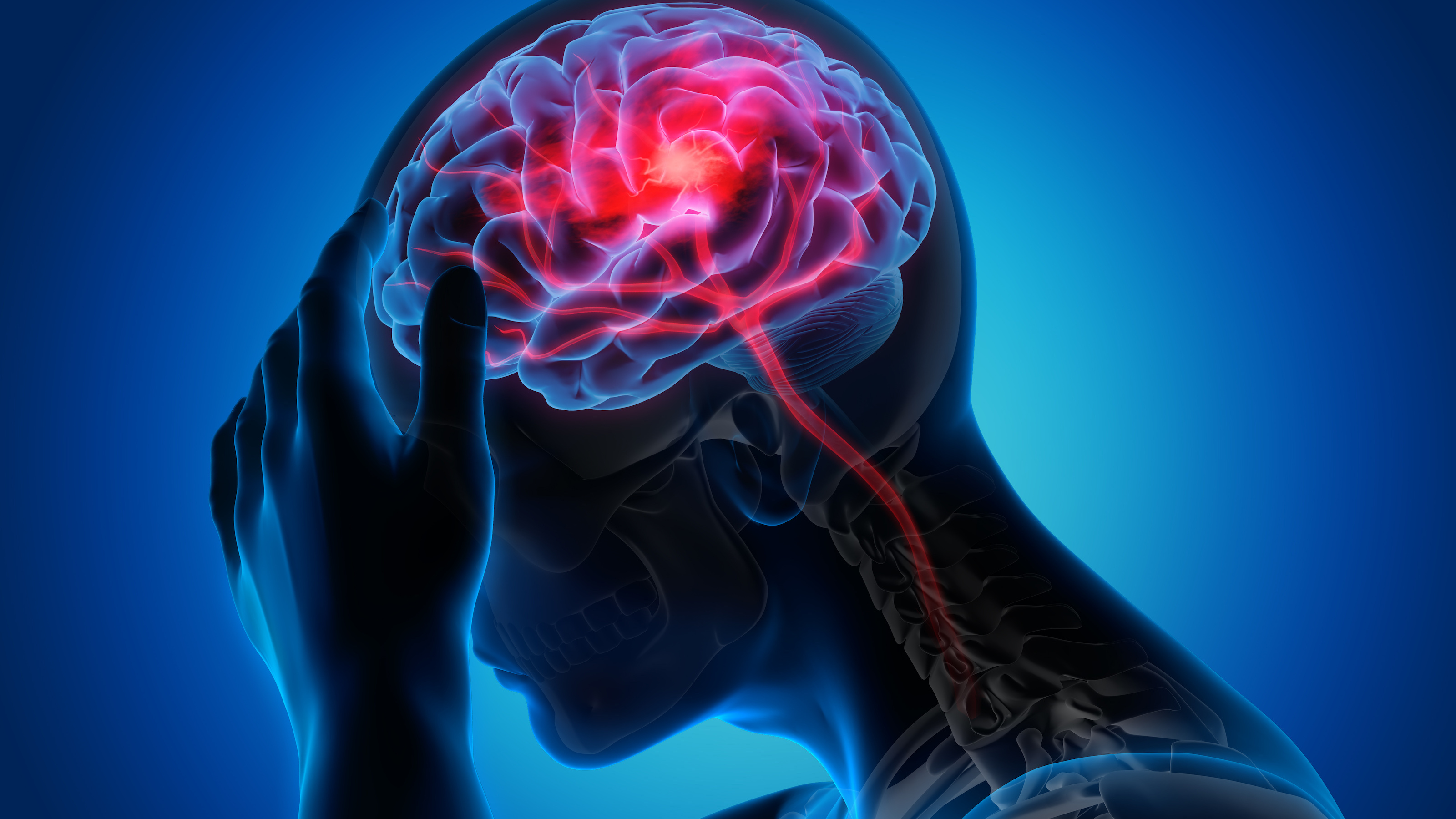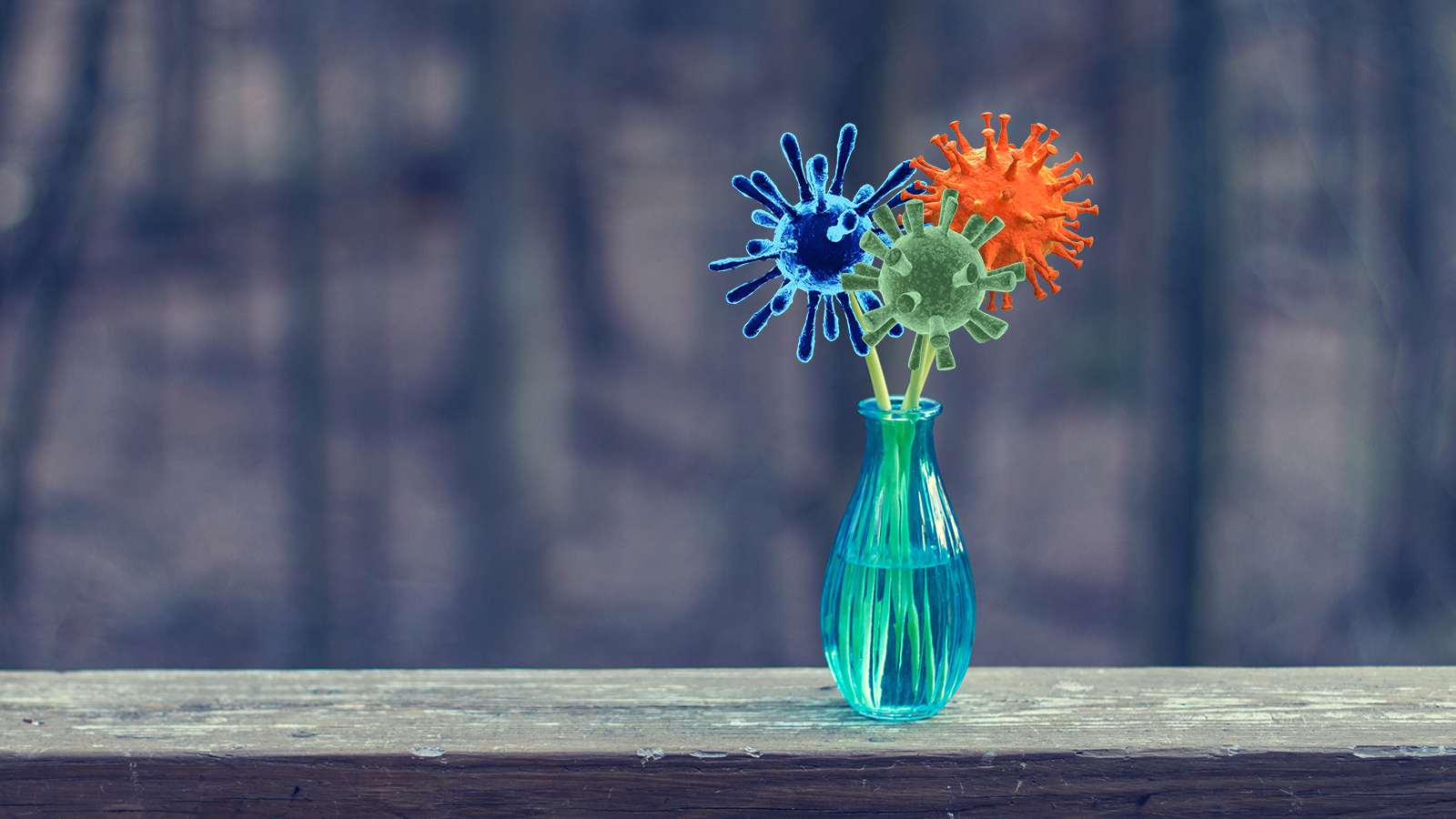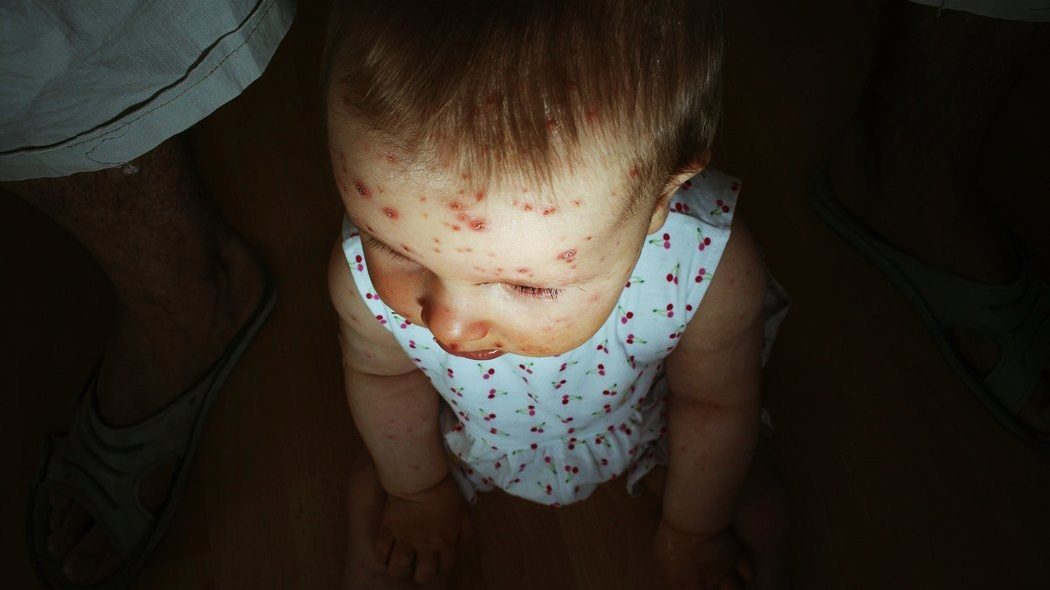Public Health & Epidemiology
Some scientists think we should allow our bodies to more harmlessly live with pathogens until they’re cleared from our systems.
The Shirky Principle states that “institutions will try to preserve the problem to which they are the solution.”
Claims of a “loneliness epidemic” aren’t based on robust data. Loneliness might be a problem, but it’s not worse than it was in the past.
Let us share this miracle with mothers in poor countries.
The chances that a newborn survives childhood have increased from 50% to 96% globally.
As a physician, John Pringle helped reinvent hygiene; as a husband, he destroyed a woman’s life with his abuse.
Our bodies crave more food if we haven’t had enough protein, and this can lead to a vicious cycle.
Long-term research efforts have revealed alarming mental health trends.
Scientists are finding tumor signals in spit that could be key to developing diagnostic tests for various types of cancer.
The study was small and didn’t include a placebo group, but there is reason to believe that the drugs really do work.
Be skeptical of a new study questioning the sweetener’s safety.
Marburg virus, like its cousin Ebola, causes severe disease, with fatality rates ranging from 22% to 90%.
A deadly myth has been manufactured from poor methods and wishful thinking.
The Apple Watch could soon take the pain out of monitoring blood sugar levels.
Gum disease begins in the mouth but spreads to the joints. Rheumatoid arthritis is just one of several diseases linked to poor oral health.
Researchers found that the average penis increased in size from 4.8 inches in 1992 to 6 inches in 2021. But in some regions, they shrank.
The initial study lays the groundwork for another larger, longer phase 2 trial.
“Rational vaccinology” could lead to effective cancer vaccines.
From the bedside to the lab bench, here’s how laboratory testing works.
The pathogen typically kills more than 90% of people it infects.
Viruses, it turns out, can block one another and take turns to dominate.
Millennials are reversing a 40-year decline in stroke deaths.
From COVID and cancer vaccines to a steady drop in the number of people living in extreme poverty, there are reasons for optimism in 2023.
Researchers have been developing a promising model that can more closely mimic the human body – organ-on-a-chip.
The vaccine provided protection for mouse and ferret models.
A food fight may finally be put to rest.
People with shingles have an approximately 80% higher risk of stroke than those without the disease.
